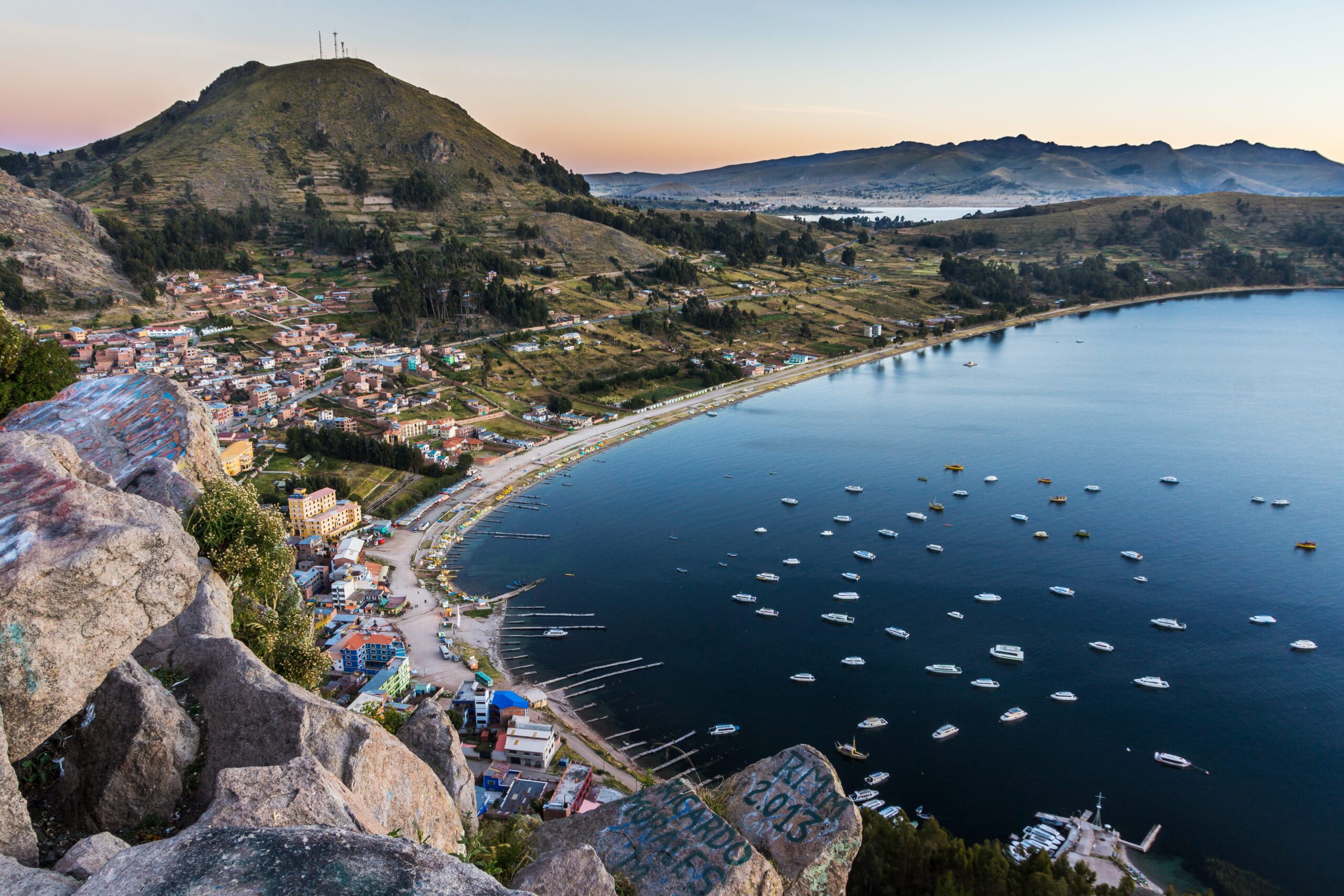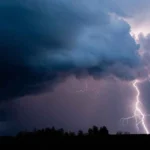
Welcome to the enchanting world of Lake Titicaca, a high-altitude gem nestled between the Andean peaks on the border of Peru and Bolivia. With its ancient origins dating back thousands of years, this sacred lake has witnessed the rise and fall of civilizations, serving as a cradle of history and culture. From the vibrant traditions of the Uros people on their floating islands to the ancient rituals of the Aymara and Quechua cultures, Lake Titicaca is a reservoir of stories, both natural and human. Join us as we explore 25 historical facts and numerical trivia, delving into the depths of this breathtaking lake, where every ripple tells a tale and every panorama paints a portrait of timelessness.
Ancient Origins: Lake Titicaca’s shores hold the echoes of a bygone era, with archaeological evidence pointing to human settlements dating back to 7000 to 6000 BCE. As one of the oldest inhabited regions globally, the lake has been witness to the ebb and flow of various civilizations, leaving behind a historical tapestry that reflects the resilience and adaptability of the communities that called its shores home.
Altitude: Nestled majestically in the Andes, Lake Titicaca commands attention not just for its stunning beauty but for its formidable altitude. Perched at approximately 3,812 meters above sea level, the lake offers not only breathtaking panoramas of the surrounding peaks but also serves as a testament to nature’s ability to carve out diverse and unique landscapes at extreme elevations.
Surface Area: Lake Titicaca’s vast expanse, covering around 8,372 square kilometers, makes it the largest lake in South America by surface area. Its sheer size contributes to the ecological diversity of the region, providing habitats for numerous species of flora and fauna that have adapted to the lake’s diverse ecosystems.
Maximum Depth: Plummeting to depths of around 281 meters, Lake Titicaca is a geological marvel with its profound underwater topography. The lake’s depth adds an element of mystery to its waters, emphasizing the need for scientific exploration to uncover the secrets hidden in its abyss.
Volume of Water: With an estimated volume of 893 cubic kilometers, Lake Titicaca stands out as not only the largest lake in South America by volume but also as a critical reservoir of freshwater. This immense volume plays a crucial role in sustaining the ecosystems around the lake and the communities that rely on its waters.
Formation: Lake Titicaca’s origin story is written in the geological annals of the Andean orogeny. Shaped by the slow dance of tectonic plates and the forces of nature over millions of years, the lake’s formation is a testament to the geological processes that continue to shape our planet.
Sacred to the Incas: The Inca civilization bestowed spiritual reverence upon Lake Titicaca, believing it to be a sacred body of water. According to Inca mythology, the lake was the birthplace of their civilization, with the mythical founders emerging from its depths. This sacred connection is woven into the cultural fabric of the region.
Floating Islands: The Uros people, residing on the floating islands crafted from totora reeds, demonstrate a unique symbiosis with Lake Titicaca. These artificial islands, meticulously constructed and constantly maintained, exemplify human ingenuity and adaptation to the challenges posed by the lake’s ever-changing environment.
Taquile Island: Perched on the Peruvian side of the lake, Taquile Island is not merely a geographical entity but a living testament to the intersection of culture and art. Renowned for its traditional textile art, the island showcases the preservation of ancient weaving techniques, passed down through generations, contributing to UNESCO’s Intangible Cultural Heritage.
Puno: Serving as a gateway to the wonders of Lake Titicaca, the city of Puno stands as a cultural and economic hub on the lake’s shores. Puno’s history and contemporary significance are intertwined with the lake, as it welcomes travelers eager to explore the mysteries and beauty that Lake Titicaca holds.
Bolivian Towns: On the Bolivian side of Lake Titicaca, the towns of Copacabana and Huatajata contribute to the rich cultural mosaic of the region. Copacabana, with its lakeside setting, is a destination of pilgrimage and festivities, while Huatajata is recognized for its cultural heritage and traditional Aymara practices. These towns, steeped in history, serve as gateways to Bolivia’s share of the lake, providing a glimpse into the cultural diversity that flourishes along Lake Titicaca’s shores.
Battles during War of the Pacific: Lake Titicaca played a strategic role during the War of the Pacific (1879-1884), a conflict between Chile, Bolivia, and Peru. The naval Battle of Lake Titicaca in 1879 saw the Chilean navy engaging the allied fleets of Bolivia and Peru. The outcome of this battle influenced the broader war and left a lasting impact on the geopolitical landscape of the region.
Tourism: Lake Titicaca is a magnet for tourism, attracting visitors with its stunning landscapes, indigenous cultures, and archaeological wonders. Travelers explore the floating islands of the Uros, immerse themselves in the traditions of Taquile Island, and revel in the natural beauty that has made Lake Titicaca a must-visit destination on the global tourism map.
Preservation Efforts: Recognizing the ecological importance of Lake Titicaca, ongoing efforts are being made to preserve its pristine environment. Initiatives focus on addressing challenges such as water pollution, habitat degradation, and the impacts of climate change to ensure the lake’s sustainability for future generations.
Pilgrimages: The annual festival of the Virgen de la Candelaria in Puno is a vibrant celebration that draws pilgrims from across the region. This cultural and religious event features lively parades, traditional dances, and elaborate ceremonies, providing a unique opportunity for locals and visitors alike to participate in the spiritual heritage of Lake Titicaca.
Endangered Species: Lake Titicaca is home to unique and endangered species, including various types of frogs found nowhere else in the world. Conservation efforts are underway to protect these species, highlighting the delicate balance required to sustain the lake’s diverse ecosystem.
Hydroelectricity: Beyond its natural beauty, Lake Titicaca serves a practical purpose in providing resources for the region. The lake is a crucial source for hydroelectric power generation, contributing to the energy needs of both Peru and Bolivia and supporting their economic development.
Aymara and Quechua Cultures: The Aymara and Quechua indigenous cultures have deep-rooted connections to Lake Titicaca, shaping their customs, folklore, and traditional practices. The lake is not just a physical entity but a living canvas upon which these cultures continue to paint their stories, rituals, and ways of life.
Sillustani Tombs: The archaeological site of Sillustani, situated near Lake Titicaca, is home to impressive burial towers known as chullpas. These structures, constructed by pre-Inca and Inca civilizations, stand as silent sentinels, preserving the ancient rites and customs associated with death in the region.
Titicaca Water Frog: The lake is home to the endangered Titicaca water frog, the world’s largest aquatic frog. This unique amphibian species has become a symbol of conservation efforts in the area, emphasizing the importance of preserving the lake’s ecosystem and its biodiversity.
Preservation Organizations: Numerous organizations, such as the Titicaca Water Frog Conservation Center, are dedicated to the preservation and conservation of Lake Titicaca’s unique ecosystem. These initiatives focus on raising awareness, conducting research, and implementing strategies to protect the lake’s biodiversity and ensure the sustainability of its delicate aquatic environment.
Fishing Practices: Local communities around Lake Titicaca engage in sustainable fishing practices, drawing upon traditional methods that have been passed down through generations. This harmonious relationship with the lake’s resources underscores the importance of balancing human needs with ecological conservation, ensuring the continued health of fish populations and the overall aquatic ecosystem.
Transportation: Lake Titicaca serves as a vital transportation route, connecting various islands and lakeside communities through a network of boats and ferries. This aquatic infrastructure not only facilitates the movement of goods and people but also reflects the lake’s integral role in shaping the region’s economic and social dynamics.
Weather Variability: Lake Titicaca’s high altitude contributes to significant weather variability in the region. Chilly temperatures and sudden weather changes are not uncommon, creating a distinctive climate that influences the lifestyles and activities of the communities that call the lake’s shores home.
Cultural Heritage Sites: The surroundings of Lake Titicaca boast numerous archaeological sites, preserving the cultural heritage of ancient civilizations that flourished in the region. From the mystical ruins on Taquile Island to the burial towers of Sillustani, these sites offer glimpses into the rich history and cultural tapestry woven around the shores of Lake Titicaca, making it a living museum of the past.









